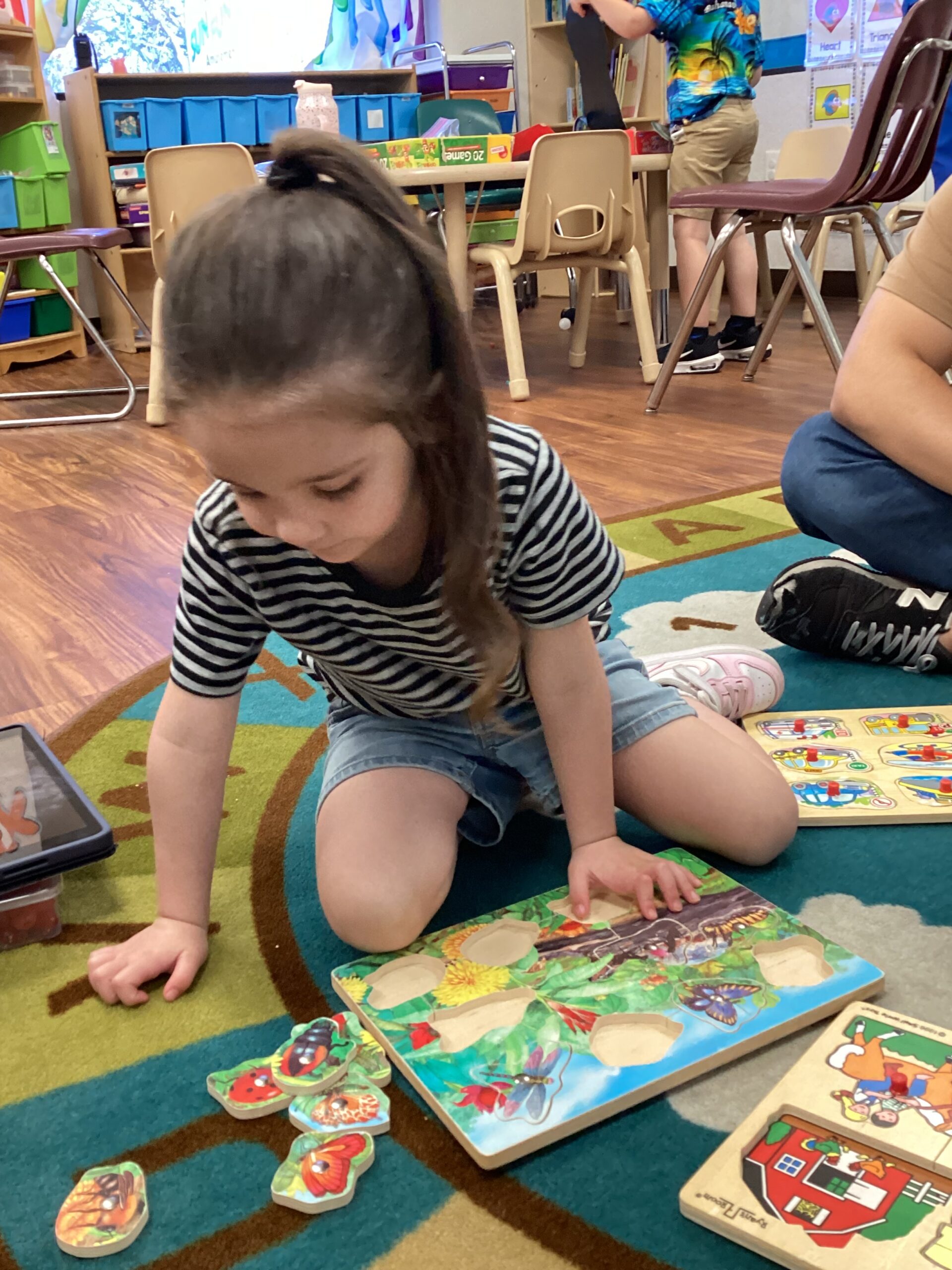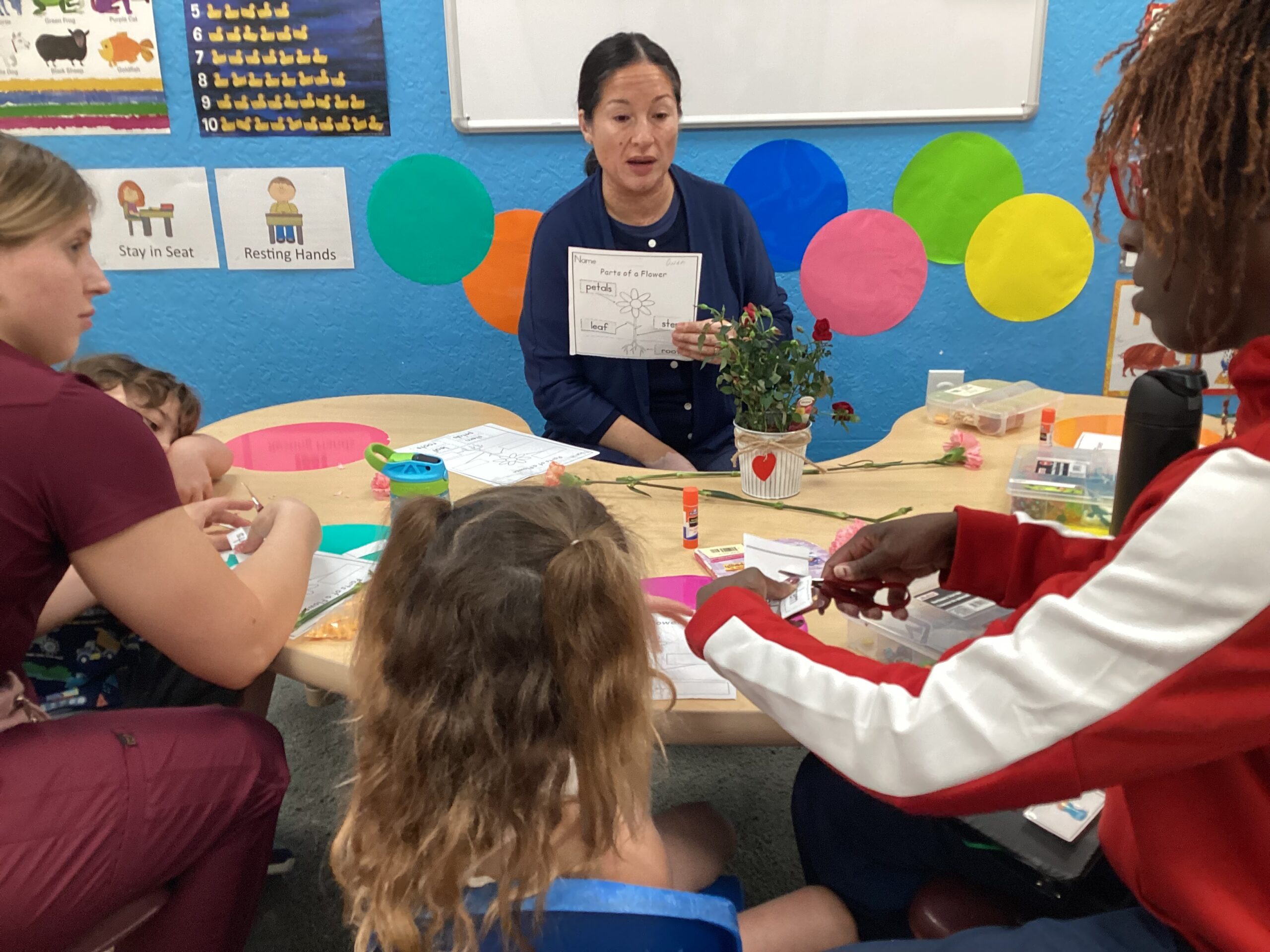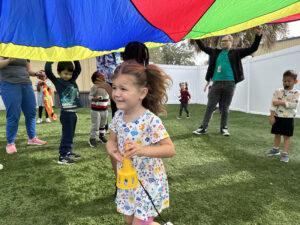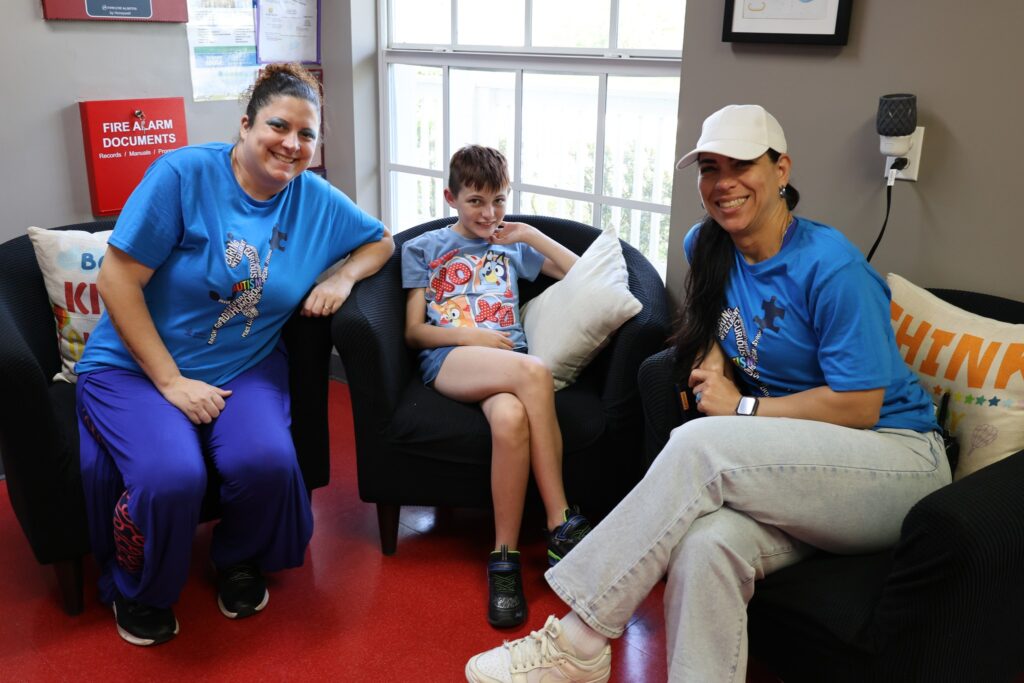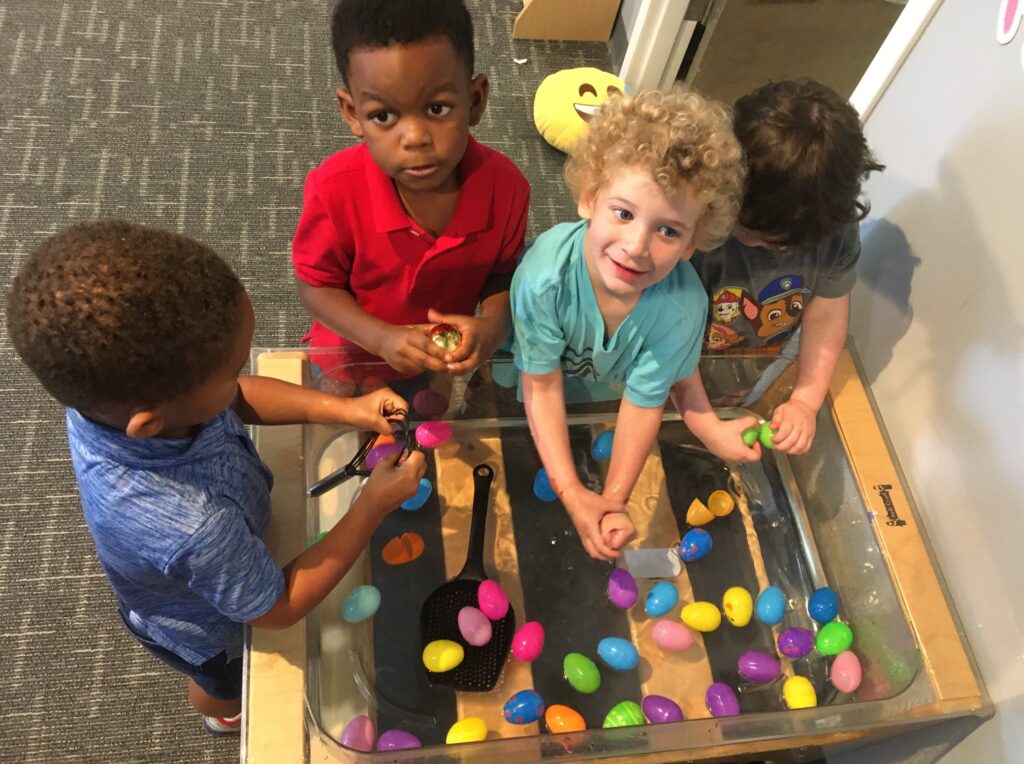Navigating and Supporting Sensory Processing Differences in Daily Life
Sensory processing differences affect how individuals perceive and respond to the world around them. For some, sounds might feel louder, textures might seem more intense, or lights might appear too bright. These experiences, often associated with Sensory Processing Disorder (SPD), can create challenges in environments like classrooms, homes, or even crowded public spaces.
But with understanding, compassion, and intentional strategies, we can create sensory-friendly environments that allow everyone to thrive.
What is Sensory Processing Disorder?
Sensory Processing Disorder, or SPD, occurs when the brain has trouble receiving and responding to sensory information from the senses. While SPD impacts individuals in unique ways, it can generally fall into two categories:
- Hypersensitivity (Over-responsivity): Individuals may feel overwhelmed by sensory input like loud noises, rough textures, or bright lights.
- Hyposensitivity (Under-responsivity): Individuals may seek sensory input, requiring movement, touch, or noise to feel engaged or regulated.
Understanding these differences is essential to ensuring an inclusive world where children and adults feel supported and comfortable.
Why Creating Sensory-Friendly Environments Matters
For individuals with sensory processing differences, everyday environments can sometimes feel overwhelming and unmanageable. But with proactive steps, we can ensure that spaces are welcoming and inclusive. Sensory-friendly environments not only help individuals with SPD regulate and function better but also create a sense of belonging that celebrates diversity.
For example, a classroom that incorporates sensory tools and strategies allows all students to learn without feeling overwhelmed. Similarly, providing sensory-friendly options in public spaces, like quiet corners, benefits families navigating these challenges.
Practical Strategies for Managing Sensory Differences
Here are steps you can take to offer support and create sensory-friendly environments in various settings:
1. For Educators (Inclusive Classroom Strategies)
Creating a classroom that caters to different sensory needs helps all students succeed. Here’s how to start:
- Quiet Zones: Dedicate an area of the classroom where students can retreat when overstimulated.
- Flexible Seating: Offer options like wobble stools, bean bag chairs, or standing desks to accommodate different sensory preferences.
- Fidget Tools: Provide stress balls, textured items, or putty for students who need tactile input to focus.
- Dim Lighting: Use softer lighting or curtains to reduce glare and create a calmer atmosphere.
- Weighted Items: Incorporate weighted lap pads or blankets for students who benefit from deep pressure input.
2. For Parents (Empowering Kids at Home)
Your home should be a safe and comforting place for children with sensory differences. Here are tips for supporting them:
- Sensory Breaks: Build short breaks into daily routines where your child can engage in calming or stimulating activities, like jumping on a trampoline or holding a plush object.
- Create a Sensory Corner: Dedicate a small area with sensory-friendly items like noise-canceling headphones, soft pillows, or stress-relief toys.
- Be Observant: Pay attention to your child’s triggers. Do they struggle with loud environments? Avoid situations you know may overwhelm them or bring tools (like headphones) for extra support.
- Sensory Diets: Work with occupational therapists to develop a personalized sensory diet—a plan of activities designed to meet your child’s sensory needs.
3. For Shared or Public Spaces (Advocating for Accessibility)
We all have a role to play in making community spaces inclusive and sensory-friendly. Consider these approaches:
- Provide Quiet Areas: Libraries, malls, and museums can create “low-sensory zones” for individuals who need a break from overwhelming stimuli.
- Flexible Hours: Host sensory-friendly event hours where noise levels are reduced, and lighting is dimmed.
- Signage and Education: Use signs to inform patrons about sensory-friendly options and educate staff on how to assist individuals with sensory processing differences.
Building a Broader Sense of Community
Promoting inclusivity, empathy, and education is the most powerful way to support individuals with sensory differences. Each of us plays a role in creating environments where sensory needs are accommodated and celebrated.
When educators, parents, and community members work together to implement these strategies, they’ll discover that sensory-friendly practices benefit everyone. Quiet classroom zones can also help neurotypical students focus, while fidget tools or textured items can be calming for anyone, particularly in high-stress situations.
Final Thoughts
Nothing compares to the joy of seeing a child light up during a school lesson they once struggled to access or watching a family confidently enjoy a sensory-friendly public outing. These successes remind us why understanding sensory processing differences is so important.
Are you ready to take the next step in creating a more inclusive and sensory-friendly environment? Explore additional resources for educators and parents to help implement these strategies and empower everyone to thrive. Together, we can shape a community that truly embraces diversity and inclusion.
“An inclusive world begins when we create spaces where everyone feels seen, supported, and celebrated.”
Here are the resources with the hyperlinks included:
External Resources:
-
“10 Types Of Early Intervention And Understanding Their Importance”
This article explores various early intervention methods to support young children with developmental delays or disabilities, emphasizing the significance of early support in fostering cognitive, emotional, and physical growth. -
“Personalized Learning | ADHD | Puzzlebox Academy | Florida”
This page provides an overview of Puzzle Box Academy’s personalized learning approach, specifically tailored for students with ADHD, highlighting the academy’s commitment to individualized education. -
“Early Childhood Special Education Services”
This resource outlines the specialized services offered to young children with developmental delays or disabilities, focusing on building foundational skills for future success. -
“Assistive Technology Interventions”
This article discusses specialized tools and devices to help children with developmental delays or disabilities achieve greater independence and functionality, enhancing communication, learning, and daily living skills. -
“Family Training and Support Programs”
This resource emphasizes the importance of empowering parents and caregivers with the understanding and skills to support their child’s development, offering resources tailored to the child’s needs.
Internal Resource:
- “Aspire Training”
This page provides information about the Aspire Training program, which offers educators and parents professional development and training opportunities to better support children with developmental differences.
Scholarship Application:
- Bridge2Tomorrow Scholarship Application
This page offers information and application details for scholarships to support students with developmental differences, providing financial assistance to access specialized educational programs.
These links should guide you to helpful resources and opportunities for further learning and support.


